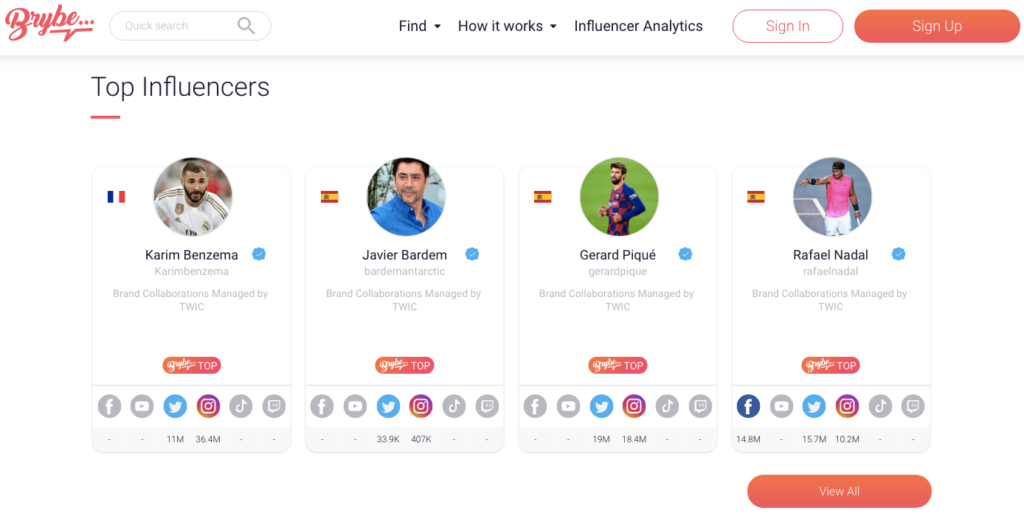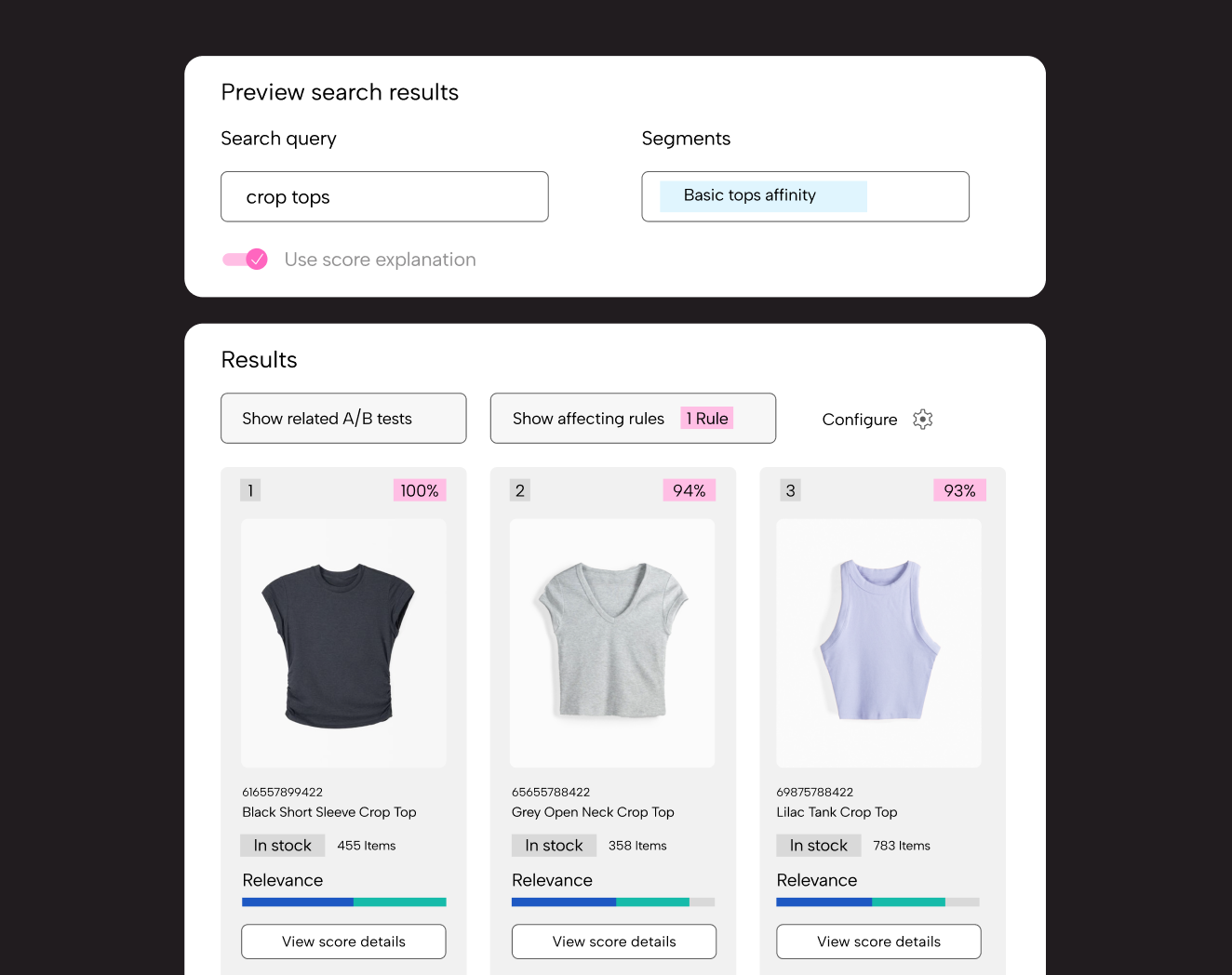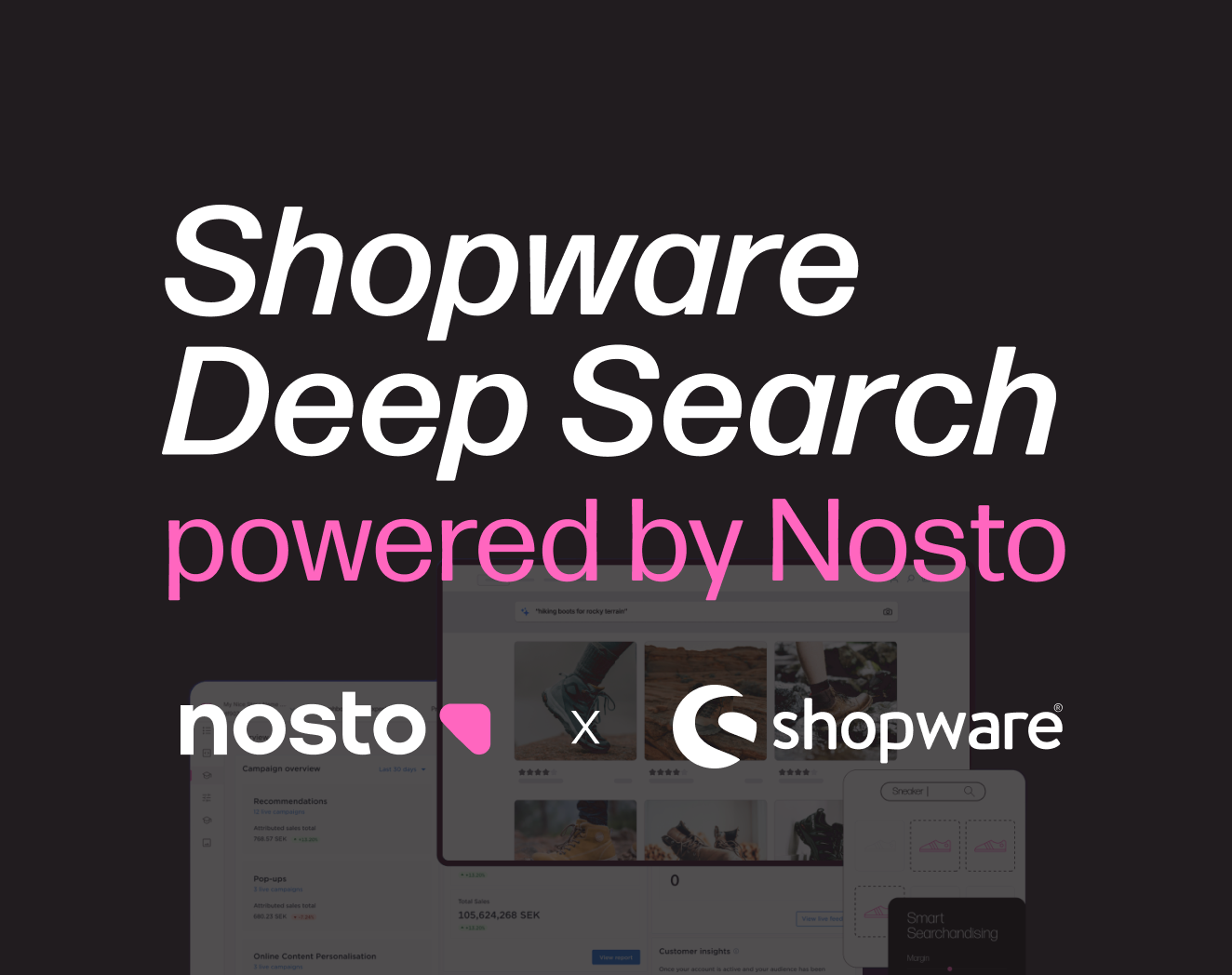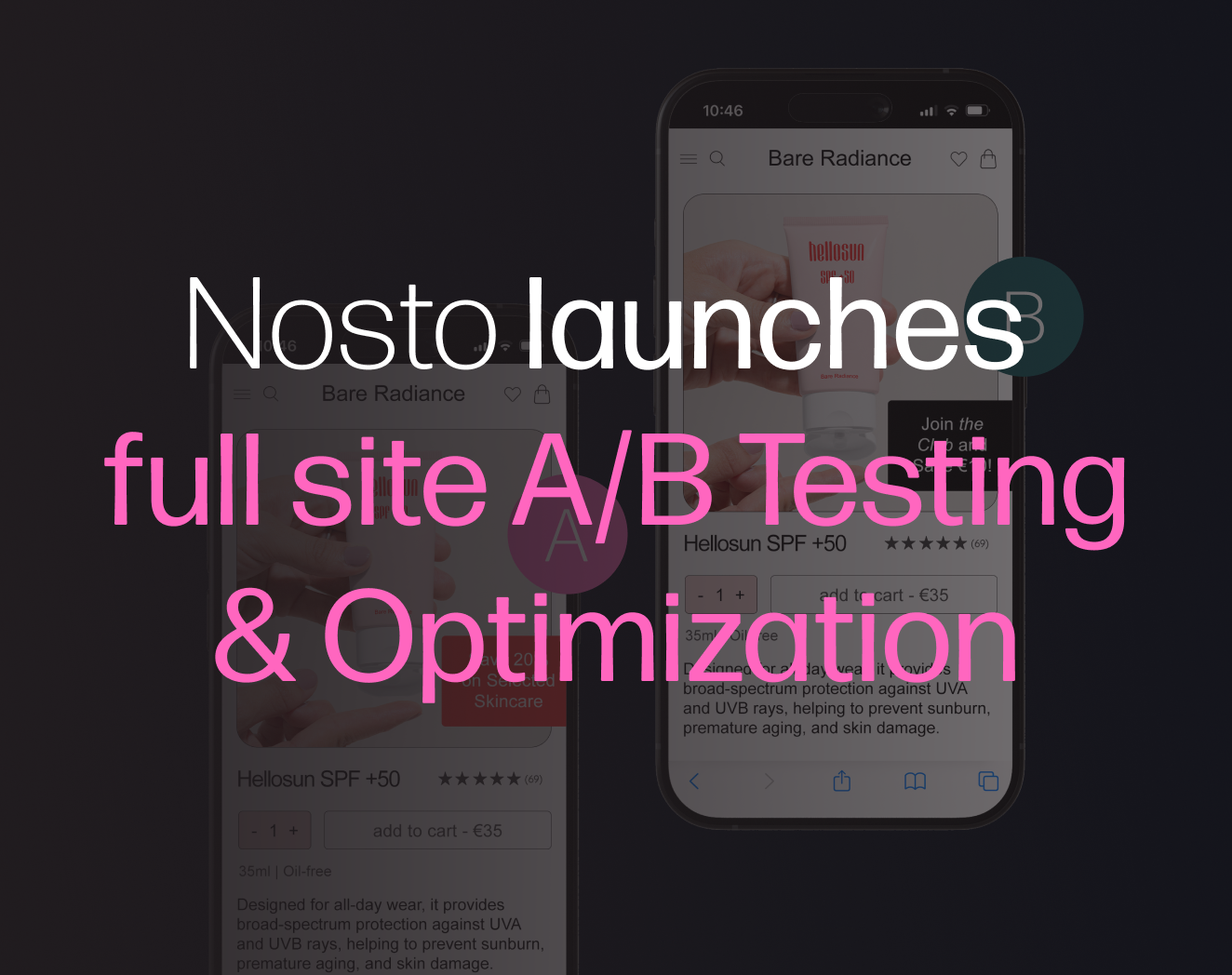How to Create the Best Omnichannel Marketing Strategy for 2021
The way people used to make purchases was entirely different than the way it happens now. Consumers were limited to either brick-and-mortar stores or a standalone website.
Today, most brands have multiple avenues through which people can buy from them. Customers can make a purchase on your website, click on deals you offer them through email or even select “add to cart” just by scrolling through your shoppable social media profile.
How do you leverage all these ways to market to your customers and do it effectively and efficiently?
You do it through omnichannel marketing.
What is omnichannel marketing?
Simply put, omnichannel marketing gives your customers a seamless, integrated and personalized experience where they can shop effortlessly. This can happen online, at physical stores, or even via social media platforms.
Focusing on omnichannel means creating a truly convenient and customer-first strategy where they can go to any of your existing channels at any point in the buying journey and experience minimal to zero friction.
Omnichannel is not to be confused with multi-channel marketing. In multichannel marketing, each individual channel does not integrate with other channels. None of them speak to each other.
Omnichannel is all about cohesion; it goes above and beyond simply having a virtual phone line, an eCommerce website or a social media presence.
Let’s think about the omnichannel experience from the customer’s side: Someone could follow your brand on social media and also receive promotional deals newsletters in their email inbox, read about your products on your website, place orders on a marketplace like Amazon and pick-up their purchases in your store. All that time, the customer continually sees consistency and experiences no friction every step of the way. Your brand has created a seamless experience for people to engage with you in the ways they want to.
Why create an omnichannel marketing strategy?
The COVID-19 pandemic saw most businesses rapidly adapt to digital almost overnight. As a result, the eCommerce industry experienced a significant boom. In fact, it might be one of the few industries that grew in the thick of the pandemic.
This boom means that competition is only getting more fierce. For brands to protect their market share, they need to get creative.
Customer behavior has also changed. With public health concerns, buyers have become inhibited in their ability to physically see and touch products before they make a purchase. This means brands must try to bring that in-person experience into a virtual environment as much as possible.
Today’s consumers are getting more comfortable with buying online. They’re making purchases with lifestyle affinity in mind. They’re after experiences. They’re after connection.
The numbers show that customers are buying more and becoming loyal to brands they interact with on three or more channels. Their average order values (AOVs) are also 13 percent higher than customers of brands that continue to take the single-channel approach.
Only about 27 percent of customers exclusively shop either online or at brick-and-mortar stores. For most consumers, they do a combination of both.
The fact that customers are ready to interact with your brand at any time and through any channel is a great thing. The question is, how are you preparing to accommodate the people giving attention to your brand on these different channels?
How to create an omnichannel marketing strategy that delivers
1. Be clear about your target customer
You can’t create an integrated marketing campaign when you don’t have intimate knowledge of your target customer.
Before you start looking at channels and strategies to execute your omnichannel approach, you need to start with customer personas.
Who is your target market? Where do they hang out? What do they care about?
Demographics like age, location and gender can be valuable in telling you where they are most likely to shop. For example, Gen Z customers are comfortable with and even prefer, social commerce while other generations might be more comfortable with eCommerce stores.
To target a more specific audience, you can ask for feedback or conduct surveys. You can also make use of social listening tools to see what they’re talking about and the kind of content they respond to.
Once you’re clear about who your target customer is, take a look at your existing buyer journey and your usual customer acquisition channels. Which channel works best with which persona?
When you know your customers well, that’s how you begin to determine which approach is or isn’t relevant to them.
2. Adjust Your Business Model
Adopting an omnichannel marketing approach can be an adjustment. It will take some innovation of existing processes, especially for more established brands.
Traditional ways of doing things, such as siloed organizational structures can make integration difficult.
The key to success when you create an omnichannel strategy is also dependent on your other teams. All internal teams from marketing and sales to customer service and research and development should know what’s new about products and offerings.
Your marketing team should be able to access sales calls to know what clients respond to. Customer service communications should also be easily accessible so teams know what kind of messaging the customer needs to see.
A surefire way to disengage your customer is by giving them information that isn’t relevant to them in their buyer’s journey.
A lack of integration also contributes to friction. If your customer has to fill out a form in-store they have already filled out online, it shows a lack of cohesion and deters them from engaging more meaningfully with your brand.
Your customer-facing channels are only as integrated as your back-end operations.
3. Choose your marketing platforms
Omnichannel marketing doesn’t mean posting the exact same content on different platforms. It’s giving customers the same level of experience they get whether they’re browsing your website, walking around your store or communicating with you on social media.
New channels are emerging every day, so in order to adapt quickly to them, your messaging needs to be channel-agnostic.
It can be a little daunting to integrate separate channels. To address this, you can go about it in one of two ways:
First, you can pick a campaign, like a flash sale, and put an omnichannel spin on it. This could mean featuring the campaign prominently on your website, sending a promotional email to your subscribers and making sure customers are told of this sale when they make a general or different inquiry.
Another approach is mapping out your omnichannel marketing campaign by choosing which channels to include.
Use your existing analytics to see which channels are most effective at customer acquisition. These are the channels you want to maximize first. Where do they hang out the most? You can start by integrating these channels together and expanding to other channels when you’re ready.
For example, B2B companies could choose to focus their efforts on integrating email marketing, website, and customer service as they create an omnichannel strategy. For eCommerce, your most effective social media channels should be added to this list.
4. Establish your brand online
To deliver a cohesive experience, you must also have a cohesive brand.
You need to have control over how your brand appears. This needs to be consistent across all channels. If your social media persona is approachable and conversational, the same must be true of your website copy.
This even goes beyond digital—especially for brands with both physical and digital stores. You can’t provide a stellar customer service experience in-person but then be impossible to contact online.
Omnichannel marketing is also making sure you’re seen by your target market in places most relevant to them. Shoppers no longer seek brands out and expect you to come to them, so you need to know how to reach them.
Collaborate with influencers with high and direct engagement with their followers. Platforms like Brybe Influencer and Creator Marketplace allow you to connect with influencers that are more likely to help amplify not just your brand but also your branding in their posts.

To strengthen your brand further, make sure your employees are all on the same page in terms of brand objectives, goals and messaging. Customers interacting with anyone from your team is also a touchpoint that could make or break their connection with your brand.
You can also take the more affordable route and gather together your most engaged brand fans into a micro-influencer community. User-generated content (UGC) is some of the most trusted and effective content that marketers can get their hands on, and activating a community of people who are already talking about your brand has the potential to generate tons of genuine UGC for your brand while increasing customer engagement and loyalty.
5. Invest in the right tools
Your infrastructure and processes should be able to handle the omnichannel approach. You will need tools that can disseminate customer information across different channels.
As you are handling multiple channels, automation becomes crucial. You need to invest in tools that will help you create, manage and analyze several channels at once to save on hours and labor.
Look into comprehensive commerce platforms that will tell you about customer activity across various channels. When you have to juggle many channels, you want a single place to see all the information you are getting.
Take a look at your existing marketing technology stack and see if they’re compatible with each other.
6. Streamline your checkout process across all platforms
The more steps your customer takes to check out, the more chances of them abandoning their carts.
This is why social commerce is particularly effective, because users can make purchases without ever leaving the app. In a short few taps, they will have confirmed their purchase.
Try to offer a similarly quick and seamless experience for your checkout process. To ensure there are no bottlenecks, go through and test the experience yourself. For example, how many steps will a customer take if they will try to make a purchase from a social media post or a promotional email?
Eliminate friction where you can. Enable guest checkout options if you can’t be sure your customer will be logged into your site if they’re accessing it through a certain channel.
Omnichannel is about giving customers a seamless experience, and this is never more important than during checkout.
7. Make customer support a top priority
People respond better to other people. This is why it’s important to establish your brand, not as a soulless corporate entity but as an approachable and relevant persona who understands its customers’ needs and wants.
This is also true for customer support. You can apply all the latest strategies, invest in all the most expensive tools and even offer the best products in the market, but customers are more likely to choose the companies that offer the best customer support.
While integrating AI in customer engagement improves efficiency in customer support, there’s no substitute for being able to talk to a live person. Brands that integrate both AI and agents in their customer support gain 104 percent better customer ratings compared with brands that only use chatbots and other AI solutions.
Speaking to the customer is also integral in understanding how well your omnichannel efforts are being received. Being able to offer that human connection will guarantee that you’re giving your customers a personalized experience.
8. Retarget abandoned carts
When you have an omnichannel strategy in place, you have a bird’s eye view of where your customers are and how they’re interacting with your company.
You’ll be able to see whether or not they’ve placed anything on their carts and have yet to finalize their purchase.
Knowing this information about your customer, you can send them a push notification when they click away from your site or your app. Alternatively, you can also send them an email and even include special discounts to encourage them to complete the transaction.
9. Personalize your paid ads
As giving customers a personalized experience is a huge part of omnichannel marketing, you want to make sure you’re presenting them with offers that are personalized to their needs.
One way to do this is by placing highly targeted paid ads that won’t be sent to a generic audience, but are instead highly engaging and relevant to your specific target market.
On top of presenting a relevant offer, these ads must also have strong branding—especially as it’s likely this could be your target customer’s first introduction to your brand.
When you want to grab their attention and make sure they will see an offer tailor-made for them, go for the more dynamic option: video ads.
Video ads offer movement and sound—eye-catching elements that will make people stop and look. When you only have a few seconds to capture attention, you want to get it right the first time.
10. Collect and evaluate your customer data
There’s no one correct way to implement an omnichannel marketing campaign. There are always new strategies, trends and tools to try.
To remain successful, you should always be refining your process.
Improve personalization and integration efforts by collecting and evaluating customer data. Over time, you’ll be able to map out patterns among market segments.
It’s better to make data-driven changes to your omnichannel strategy rather than make assumptions or go by what’s new and trendy in the industry. This also prevents you from spreading yourself too thin, which is crucial for a strategy that involves multiple channels.
Instead of doing everything or putting effort into channels that are not working, follow the data. Your customers will tell you exactly how best to serve them.
Key takeaways
Businesses are moving online at a rapid pace. This will not change even when the world is no longer dealing with a global pandemic. Customers will expect brands, whether brick-and-mortar or not, to have a digital presence.
The way customers experience your brand from an Instagram page to your customer support team will inform them if they’ll do business with you, or if a competitor will offer them the experience they’re looking for.
Omnichannel could be what sets you apart from competitors. When you can offer customers a cohesive, personalized and seamless experience at every opportunity, you’re sure to secure your share of your market.




